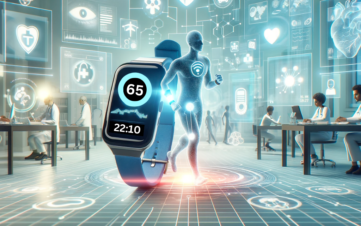In the previous article, we discussed using cloud technology in IoT and deployment models in cloud technology. Today, we will focus on cloud computing service models and cloud platforms.
IoT cloud platforms are online spaces that allow objects to leverage a complete objects application infrastructure to develop, deploy, run, and build applications and services. The IoT cloud platform offers many advantages such as scalability, data mobility, security, and standardization. A growing number of organizations operate in the cloud, and it is offered in three different service models that meet their needs. These three models are known as Software as a Service (SaaS), Platform as a Service (PaaS), and Infrastructure as a Service (IaaS).

-
SaaS: It manages or supports special process services such as distribution of services, service management, linking, discovery, and the combination of objects. It is seen as a way for businesses to reap the same benefits as lower-cost commercial software by eliminating the need to install and run an application on a user’s computer.
-
PaaS: It provides a computing platform for application development of objects, often including operating system, programming language execution environment, database, and the webserver. Application developers can develop and run software solutions on a cloud platform without the cost and complexity of purchasing and managing core hardware and software layers.
-
IaaS: It is the most basic cloud service model. Cloud providers offer services like servers and physical or virtual machines. Infrastructure refers to the hardware your application uses, while IaaS refers to virtualized infrastructure delivered by a cloud provider.










